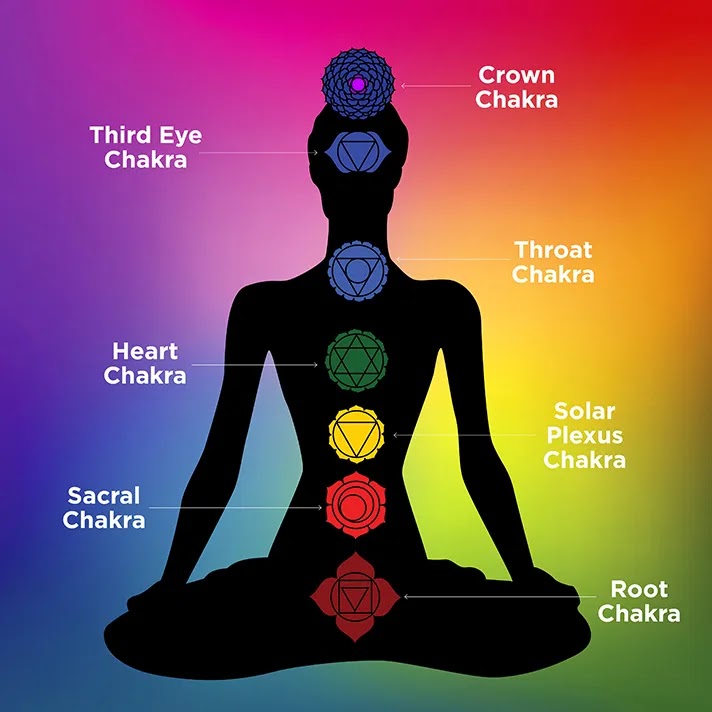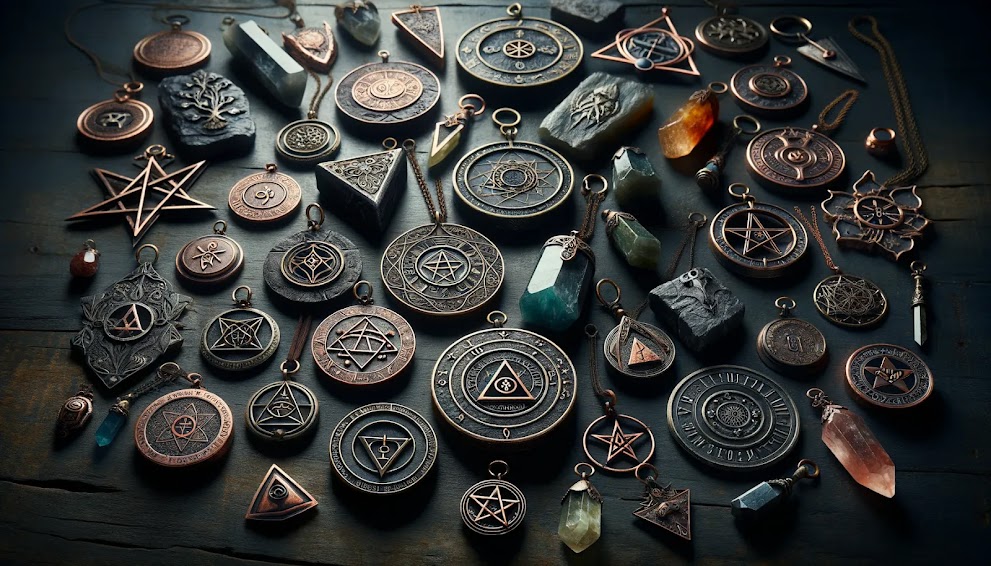Unveiling the Mysteries of the Annunaki
The Annunaki, a term that has captivated historians, archaeologists, and enthusiasts of ancient civilizations, refers to a group of deities in ancient Mesopotamian cultures, particularly within the Sumerian, Akkadian, Assyrian, and Babylonian pantheons. This term, derived from Sumerian mythology, has been subject to various interpretations and has sparked a multitude of theories, ranging from the purely mythological to the speculative and even extraterrestrial. This comprehensive exploration seeks to delve into the origins, myths, and the multifaceted perspectives surrounding the Annunaki, shedding light on their significance in ancient times and their lasting impact on contemporary culture and thought.
The Origins and Historical Context
The Annunaki are first mentioned in Sumerian texts, which are among the earliest written records in human history. These texts depict the Annunaki as powerful deities who were involved in the creation and governance of the human world and the universe. The etymology of the term "Annunaki" itself is often translated from Sumerian to mean "those of royal blood" or "princely offspring", suggesting a lineage of divine beings with significant authority and power.
In the mythological narratives, the Annunaki are described as residing in the heavens but also interacting with the earthly realm. They were believed to have played a pivotal role in the creation of humans, whom they initially created to bear the burden of labor and serve the gods. This creation myth, among others, is detailed in several ancient Mesopotamian texts, including the famous Epic of Gilgamesh and the Atrahasis Epic.
Mythological Depictions and Roles
The Annunaki are often associated with various aspects of the natural world and human society, such as fertility, agriculture, justice, and law. Among the most prominent members of the Annunaki pantheon are Enlil, the god of air and storms, and Enki (later known as Ea), the god of water and wisdom. These deities, along with others like Anu, the supreme sky god, and Ninhursag, the mother goddess, play crucial roles in the myths and legends of ancient Mesopotamia.
One of the central narratives involving the Annunaki is their decision to create humans. According to the myth, the gods originally created lesser deities to work for them but eventually decided to create humans to take over the laborious tasks. This narrative underscores the hierarchical nature of the ancient Mesopotamian understanding of the cosmos, with the Annunaki at the top, followed by lesser gods, and humans at the bottom, serving the divine.
Interpretations and Theories
Over time, the Annunaki have been subject to various interpretations, both scholarly and speculative. Some researchers focus on understanding the Annunaki within the context of ancient Mesopotamian religion and culture, analyzing their roles in religious texts, rituals, and art. This scholarly approach aims to uncover the historical and cultural significance of these deities and their impact on ancient Mesopotamian society.
On the other hand, there are more speculative interpretations of the Annunaki, particularly those popularized by authors like Zecharia Sitchin. Sitchin's works, starting with "The 12th Planet" published in 1976, propose that the Annunaki were actually ancient astronauts from a hypothetical planet called Nibiru. According to Sitchin, these extraterrestrial beings came to Earth in search of gold and genetically engineered humans as a slave species. While Sitchin's theories have been widely criticized by scholars for lacking scientific and archaeological evidence, they have nonetheless captured the imagination of many and have contributed to various conspiracy theories and alternative narratives about human history.
The Annunaki in Popular Culture
The allure of the Annunaki has extended beyond academic circles into popular culture, where they have been featured in books, movies, television shows, and video games. These portrayals often blend mythological elements with science fiction, presenting the Annunaki as ancient gods with advanced technology or as alien beings with a profound influence on human history. Such depictions have contributed to the enduring fascination with the Annunaki and have sparked debates and discussions about the boundaries between myth and history, as well as the potential for extraterrestrial influences on ancient civilizations.
The Annunaki represent a complex and multifaceted aspect of ancient Mesopotamian mythology, embodying the fears, hopes, and aspirations of a civilization that laid many of the foundations of human culture and society. Whether viewed through the lens of historical and cultural scholarship or through the speculative theories that have emerged in modern times, the Annunaki continue to intrigue and inspire. Their legacy, encapsulated in the ancient texts and artifacts that have survived through millennia, challenges us to reflect on the nature of divinity, the origins of humanity, and the vast, untold stories of our ancient past

































